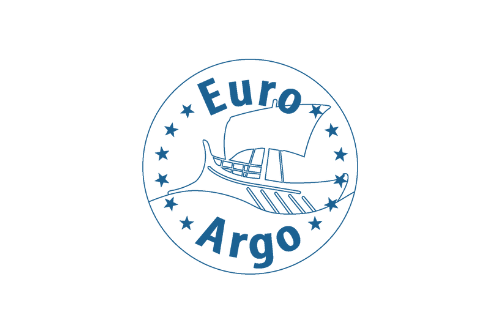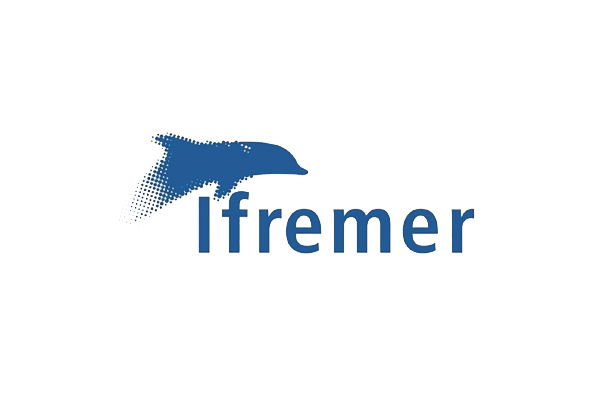Euro-Argo ERIC
Ocean Physics and Marine Biogeochemistry
About
The Euro-Argo ERIC allows active coordination and strengthening of the European contribution to the international Argo program. Its main objectives are to provide, deploy and operate the European contribution to the global array of Argo floats (currently around 800 floats, ¼ of the global array) and an enhanced coverage of European seas, to expand towards biogeochemistry, greater depths and high latitudes and to provide access to quality-controlled data and derived products.
The Euro-Argo ERIC also provides access to quality-controlled data and derived products: Core-Argo array and BGC-Argo array.
Core-Argo array
The broad-scale global array of temperature/salinity profiling floats, known as Argo, has already grown to be a major component of the ocean observing system. Argo is a standard, which is an example for other developing ocean observing systems. Argo provides good examples on various topics such as how to collaborate internationally, how to develop a data management system, and how to change the way scientists think about collecting data. Argo float deployments began in 2000 and currently there are circa 4000 Argo floats active.
BGC-Argo array
Biogeochemical-Argo aims at developing a global network of biogeochemical sensors on Argo profiling floats. The concept of global robotic biogeochemical measurements was articulated in a Community White Paper (Gruber et al., 2007) that was supported by the International Ocean Carbon Coordinating Project (IOCCP) and the US Ocean Carbon and Biogeochemistry Program (US-OCB).
Target for the global array is to have 1000 fully equipped BGC-Argo active floats with a uniform spatial distribution. Euro-Argo aims at contributing to ¼ of the global effort, which represents 250 active BGC floats. These will collect next to the regular Temperature, Salinity and Depth the following BGC parameters: Oxygen concentration; Nitrate concentration; pH; Chlorophyll a concentration; Suspended particles; and Downwelling irradiance.
The EuroArgo portal features a dashboard which provides a facet search including dynamic map for discovery of Argo floats and open access to its data sets. Also, it is possible to retrieve the whole Argo data collection by a DOI and associated landing page with descriptive metadata about the collection. Note: In the framework of ENVRI-FAIR and EOSC-hub, a development is underway for an additional data discovery and access service.
Type & number of data sets
Argo collects salinity/temperature and biogeochemical profiles from an array of robotic floats that populate the ice-free oceans that are deeper than about 2000m. They also give information on the surface and subsurface currents. Most profiles are made up of about 200 (Argos) to 1000 (Iridium) data points (vertical resolution). In total, there are currently 16.000 Argo floats which generated more than 2 million files. Metadata and data for profiles and trajectories, including technical information are made available as NetCDF (CF) files. In addition, Argo products are generated and made available as gridded fields.
Core Services
The following web services are provided:
Moreover, it is possible to visualise the Euro-Argo’s main services through a dashboard.
Euro-Argo explores machine learning for data quality assessment to capitalise on what already exists and to develop and deploy the Blue-Cloud as a platform bringing together and providing access to:
- multidisciplinary data from observations and models,
- analytical tools,
- computing facilities that are essential for key blue science use cases.
Euro-Argo contributes to the development of the Blue-Cloud Data Discovery and Access service as one of the blue data infrastructures giving access to the Argo data sets. Moreover, Euro-Argo implements a workflow to apply big data analysis and machine learning (e.g. neural networks) methods on the multi-source data sets, which is an interesting input for the Virtual Labs.
Moreover, Euro-Argo is involved in exploiting the Blue-Cloud demonstrators providing access to salinity, oxygen, chlorophyll data (relevant for Zoo and Phytoplankton EOV products), environmental data (relevant for Plankton Genomics) and salinity, oxygen, chlorophyll data (relevant for Marine Environmental Indicators).

